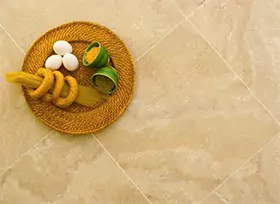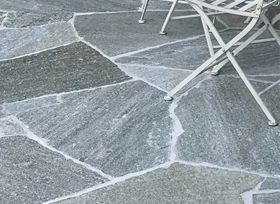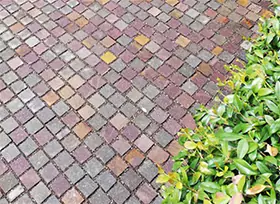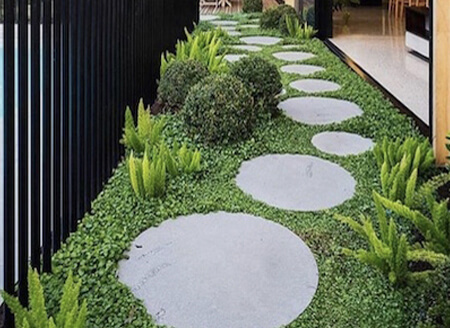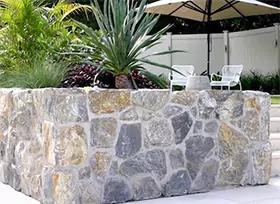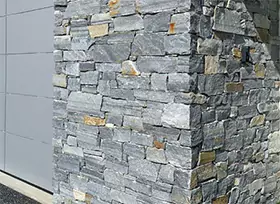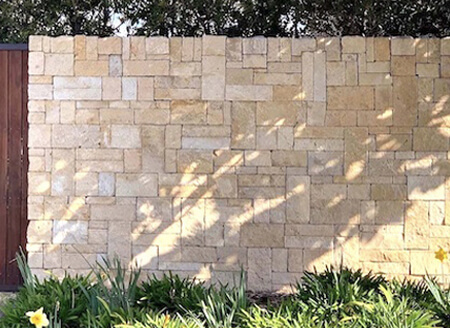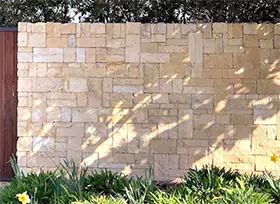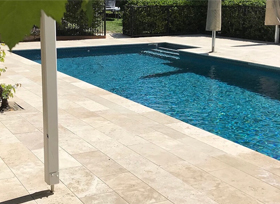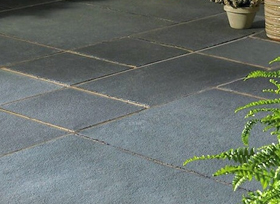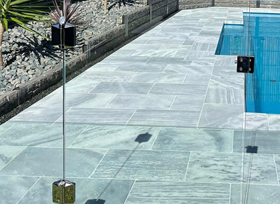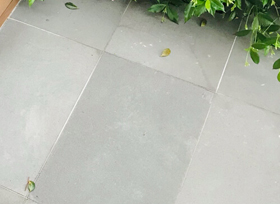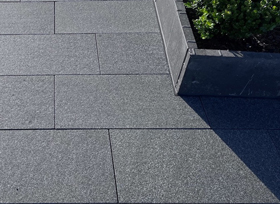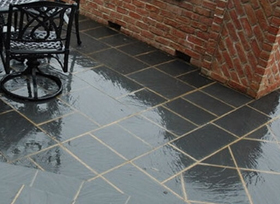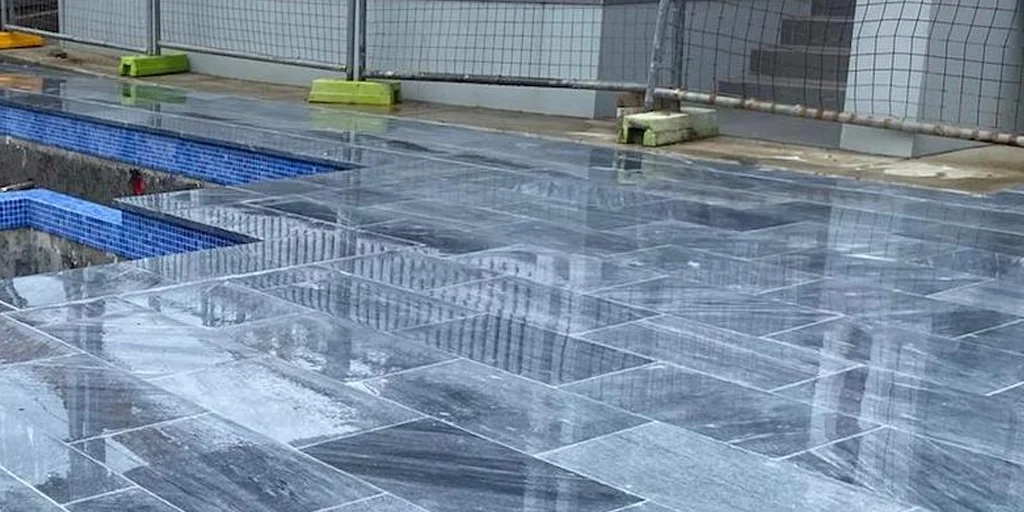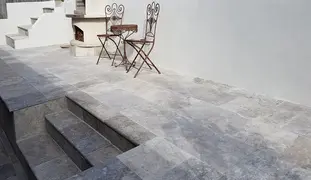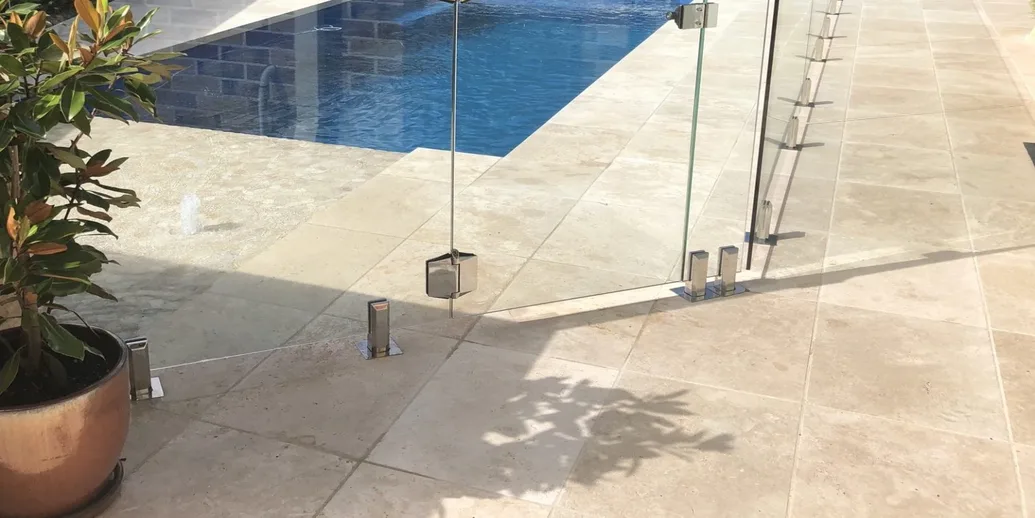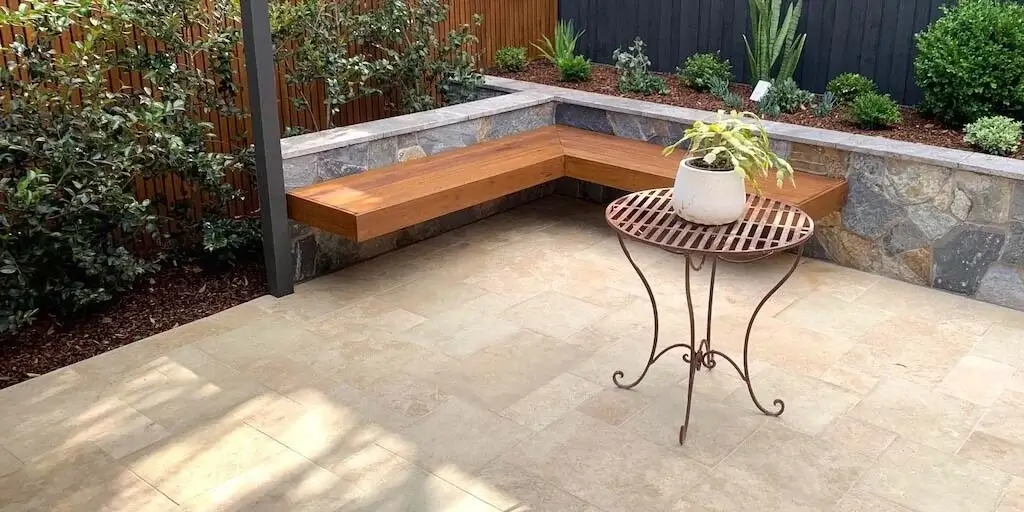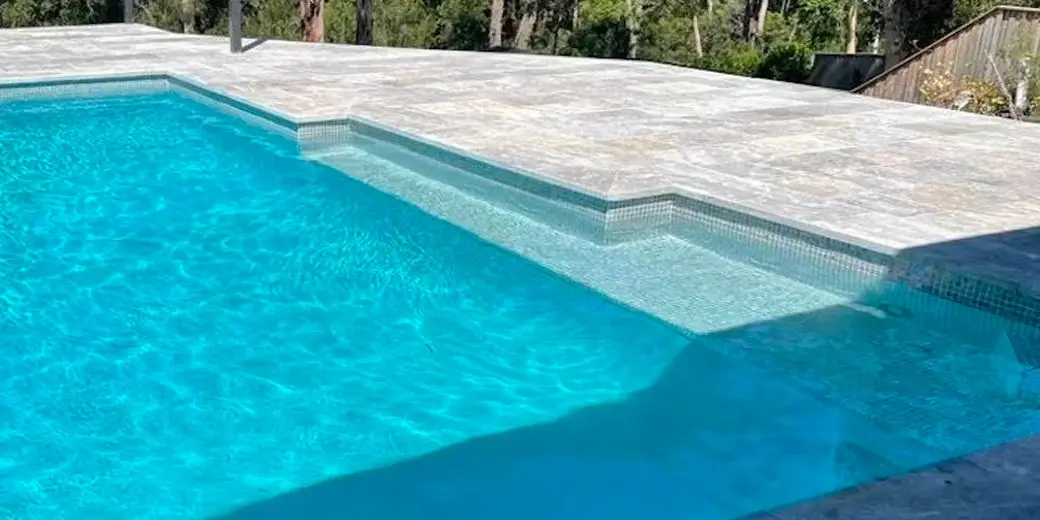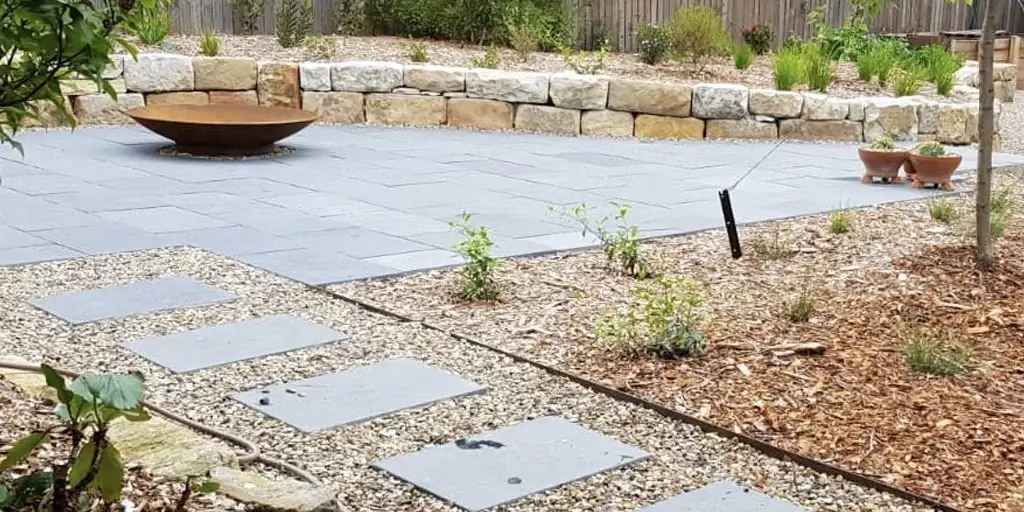Marble tile floors look elegant and add value to the property. Marble flooring is an easy process since marble is a relatively softer stone to work on. You can create beautiful marble floors with the right tools and directions. Here is a Marble Tile Flooring installation guide with common mistakes to avoid.
Prepare the base
- Most of the time, Marble Tiles are laid on a smooth and water-resistant surface which is achieved by removing the existing floor covering the subfloor. The latter is generally plywood. Cover the subfloor with a layer of cement to add sturdiness ad moisture resistance.
- Check the levels of the surface before you start installing the marble tiles. At no point, the surface should be sloping or inclined.
- Also, please ensure to clean the surface on which the marble tiles will be installed. A clean surface avoids gathering dust or debris that makes marble loosen its grip later.
Measure and cut
- Measure the tiles to avoid wastage arising from inappropriate cutting. Stones may chip off or break in the process of cutting. It is advisable to purchase the right tools and do the measurement twice.
- Use a wet saw to cut the Marble tile pavers into the required size.
Plan the layout
- Look for the center of the space. This will take care of irregular spacing or edges on different ends of the floor. If required, move the lines away from the center to create equal space on both sides.
- Use chalk to draw reference lines from wall to wall and test fit your tiles along the reference lines. If the last row of the tiles near the walls is more than a few inches wide, shift the grid lines closer to the walls to reduce the gap. This process will safeguard an asymmetrical layout of the tiles.
Set mortar and tiles
- Mix thin-set mortar and spread with a notched trowel. Prepare a little mortar at a time. Make more when required or entire the mortar mixture will dry up.
- Firmly place the tiles on this base into the position to prevent them from sliding away. Gently tap with a rubber mallet, setting it in mortar firmly. Take care not to tap too hard as that might cause the tiles to crack.
- Use spacers to evenly space out the tiles. Leave to dry for 24 hours.
Clean, grout and seal
- After 24 hours, remove the spacers. With a wet sponge, clean the surface and apply a sealant on tiles to avert scratches or stains. Then again leave the area to dry for 24 hours.
- Now apply a coat of grout to the joints in a sweeping motion, ensuring it reaches the base of the joints. Ideally, the gaps between the tiles must be packed with grout without any empty areas.
- With a damp sponge, clean the grout properly, or else a white film with smudges would appear. The sponge must not be too wet as moisture would cause the grout to get runny and wash out.
- Seal the grout after it dries. Sealing the tiles twice creates a protective layer and elongates its life. Depending on the traffic, it is worthwhile to seal the tiles once or twice a year.
The last word
We recommend you buy the right tools to simplify the flooring process. Also, examine the quality of mortar, sealant, and tiles with the supplier/manufacturer. The flooring is considered successful after cleaning and sealing are done properly. Any residue or remaining dirt might cause the tiles to get stained or damaged. Checking the type of sealant you are buying would be a wise thing to do. Post the installation, do keep a provision for its maintenance.
Stone Depot is among Australia's largest wholesalers and suppliers of premium natural stones catering to projects of all sizes. To request a free sample or for more information about the product, call us on 1300 830 274.
*Disclaimer: All information and advice given above in the blog are to the best of our knowledge. Please reconfirm at your end before execution.




